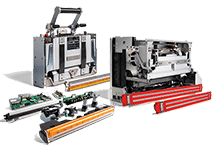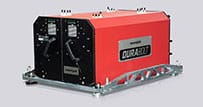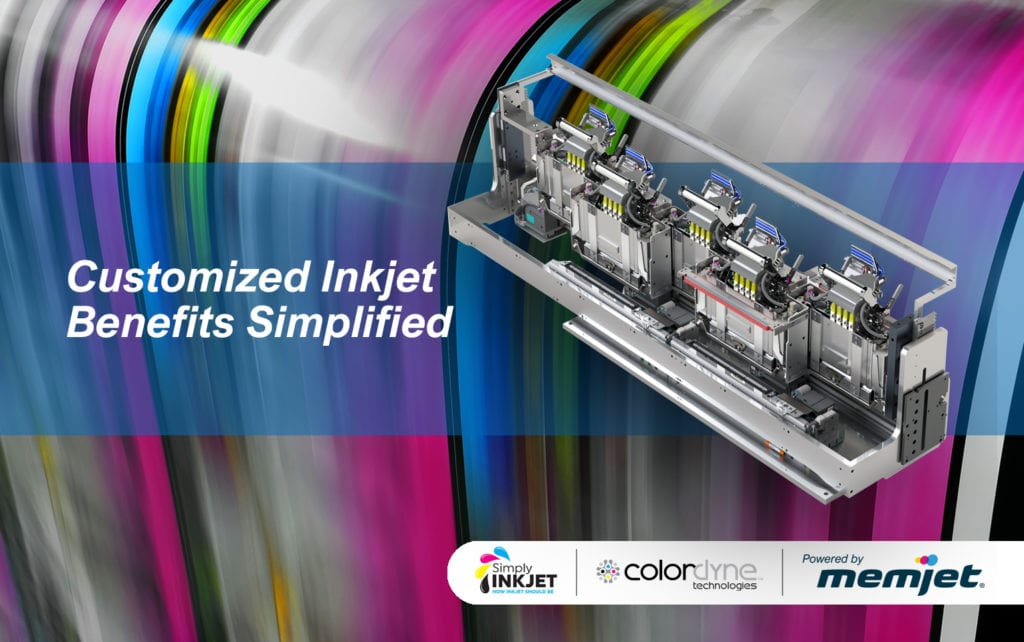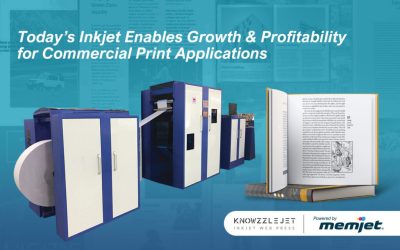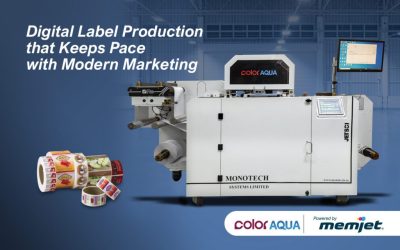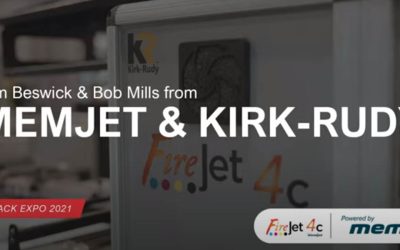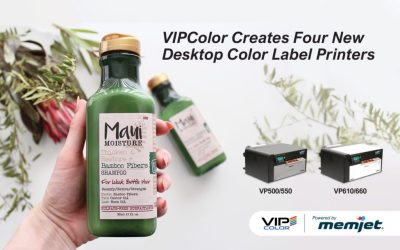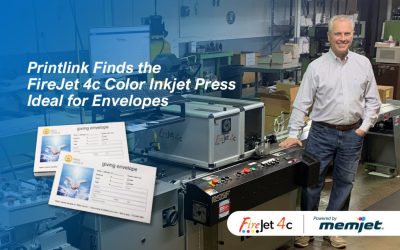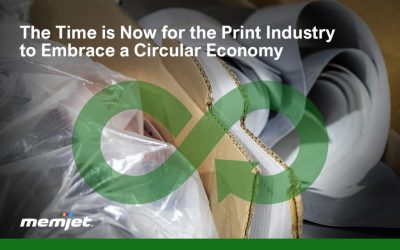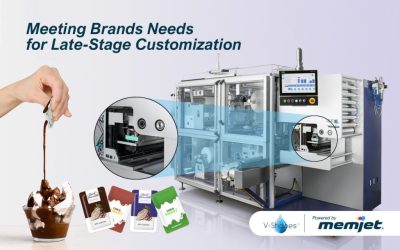By Elizabeth Gooding, President at Inkjet Insight
There are tremendous opportunities for printing companies to retrofit analog platforms with inkjet or even to custom-build presses. There are options for mounting inkjet heads in an offset, flexo print or finishing line in mono to full CMYK and beyond or create a new integrated manufacturing process. However, the process of selecting all of the components and getting them to work together to serve an intended purpose is at best complex. The complexity stems from the physical mounting of the inkjet carriage or tower, the space necessary to install inkjet, as well as the supporting infrastructure (camera systems, inkjet quality management and control, dryers, et cetera). Other concerns come in when establishing print quality thresholds for market application and when considering what paper stock treatments will (or will not) be used. If you are not working on this type of integration on a daily basis, the process can be a nightmare. Just a few months ago, a new player with a lot of experience and strong partnerships entered the market with the intent of making profitable integration opportunities more accessible to a wider array of customers. Aptly named, Simply Inkjet is an integrator building solutions using Memjet and Colordyne components as well as their own intellectual property. I had the opportunity to talk to the founders, Graham McLachlan and Simon Cooper about integration projects in general and why they chose to partner with Memjet.
According to Graham McLachlan, Memjet’s modular digital printing technology was the natural choice because it can simplify the supporting infrastructure requirements for their projects and lower the upfront capital investment. He believes that it offers the lowest upfront investment in the market while also offering the best results, a dynamic duo not often seen in any market. McLachlan hails Memjet’s technology as, “the highest quality at market required speed with the lowest overall cost, with a scalability and flexibility not available from anyone else in the market today.”
Simon Cooper noted that the ease of integrating Memjet’s modular digital printing technology and Colordyne’s supporting carriage structure combined with their respective engineering support is a game changer for integrators. Simply Inkjet also brings their own “special sauce” to the integration table. Cooper notes, “When you combine our own patented pre-coating solution with our partner’s components, we have the ability to eliminate more of the barriers preventing a compelling business case than any other supplier.” According to McLachlan, the coater “is the only one we know working in a day-to-day environment inline and delivering comparable results to offset at a fraction of the cost of treated papers or bonding agents.” Technology is a key ingredient for success, but knowledge and market experience are also critical.
Simply Inkjet is able to guide prospects through the analysis and feasibility stages offering bespoke design, software development and integration expertise. They see great potential for custom and hybrid inkjet solutions across a number of segments, but the biggest three are direct mail, book printing and packaging. Inkjet and hybrid manufacturing have played a role in the direct mail market for years, but much of that equipment will be nearing its end of life soon.
Direct mail trends have changed since inkjet equipment was first introduced and providers need to look at meeting new needs for volume and product mix. This re-evaluation offers an opportunity for integrators, according to McLachlan, “overall volumes may not recover in some segments. Marketing wants more color, faster turnaround, and often lower volumes. This drives a need for more downstream digital print and integrated finishing which cannot be achieved with the complexity and size of this older style equipment.”
Book printing has had a similarly long relationship with digital equipment in their manufacturing systems with many coming around to their second or third round of investments. As book printers look at opportunities for upgrading, they may want to investigate what integrators can achieve with repurposing existing offset print and finishing equipment to “create more value to their operation at prices and with manufacturing functionality not yet available to them,” says McLachlan.
On the opposite end of the spectrum, there are large sectors of packaging that have been largely untouched by digital integration and provide excellent opportunities for Simply Inkjet’s unique offerings. In markets that are untapped by inkjet, integration solutions offer a simple and cost-effective way into the inkjet market and to improve existing installations. Sounds simple now, doesn’t it? Find more information on Simply Inkjet and the SIGRA 1000.


